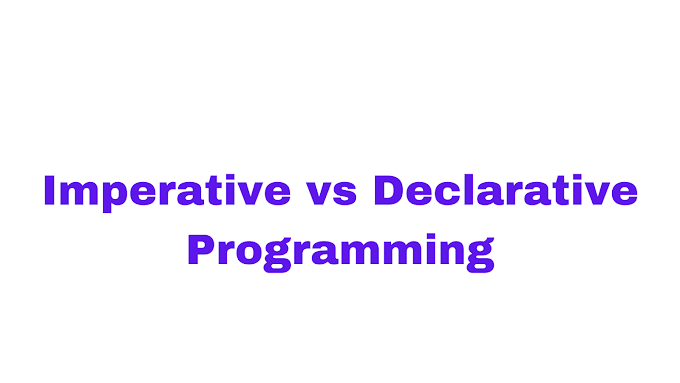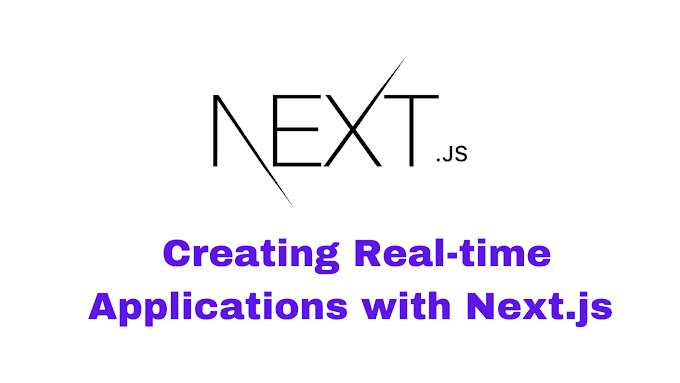Plotting dynamic data in React can be challenging, but with the help of Plotly, it becomes a lot easier. Plotly is a popular open-source JavaScript graphing library that allows you to create interactive and responsive charts in a web application.
Getting started with Plotly in a React project is easy. The first step is to install the library using npm or yarn.
npm install plotly.js
or
yarn add plotly.js
Once you have Plotly installed, you can use it in a React component like this:
import Plot from 'react-plotly.js';
function MyChart(props) {
const trace = {
x: [1, 2, 3],
y: [4, 5, 6],
type: 'scatter'
};
const data = [trace];
return (
<Plot
data={data}
layout={{width: 320, height: 240}}
/>
);
In this example, we're using the Plot component from the react-plotly.js library to create a scatter plot with some sample data. The data prop takes an array of traces (the data series), and the layout prop takes an object that defines the layout of the chart.
Once you have your chart working, you can customize it with various options to create different types of charts. You can use bar charts, line charts, scatter plots, or surface plots. You also can customize the look of the charts with various styling options like different colors, fonts and markers, giving you great flexibility to create charts that match your design.
One of the best feature of Plotly is the ability to create interactive chart with different modes of interaction, like zoom, pan and hover. This allows users to explore the data in more detail and discover insights that might not be immediately obvious from a static chart.
In conclusion, Plotly is an excellent choice for plotting dynamic data in a React application. It offers a wide range of chart types, customizability and interactive features. With the help of Plotly, you can create engaging and informative charts that help users understand and explore complex data in your React application.







![[Cupons] Paid udemy courses for free](https://blogger.googleusercontent.com/img/b/R29vZ2xl/AVvXsEgYa-f_8UEE95d9stpdRzq6_DUq19avn09M2CVWIuQGI_PwaZBMcNhuHmPZQsw81GMeWwUY2Q-Cr66RoAmMq1f_pok6pdv-W86qc9_wWSxqXEq_RHYyRY0Ldly_yi2DSfyed4Cxiks6Nbzp/w680/Paid+udemy+courses+for+free.png)





0 Comments
If you have any question please ask?